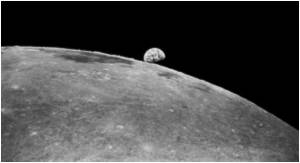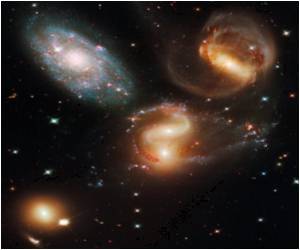About two-third of stars within 81 light years of Earth were born in clusters, claims a new research.

Rare clusters of multiple protostars remain stable and mature into multi-star systems and the unstable ones will eject stars until they achieve stability and end up as single or binary stars.
Younger star and protostar populations have a higher frequency of multi-star systems than older ones, an observation that ties in with the findings that many single-star systems start out as binary or multi-star systems from which stars are ejected to achieve stability.
The study showed that when a cloud collapses, the fragmentation process depends on the initial strength of the magnetic field, which acts against the gravity that causes the collapse.
Above a certain magnetic field strength, single protostars are formed, while below it, the cloud fragments into multiple protostars, which is evidently commonplace, given the large number of binary and multi-star systems, although single stars can form by this mechanism as well through ejection from a cluster.
Boss added that when people look up at the night sky, the human eye is unable to see that binary stars are the rule, rather than the exception and so these new calculations help to explain why binaries are so abundant.
Advertisement
Source-ANI








